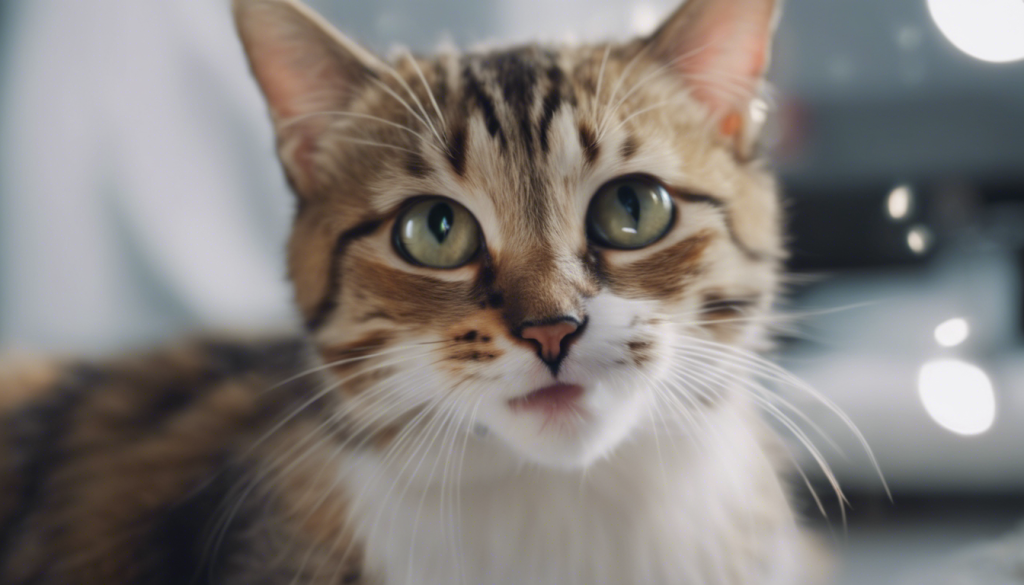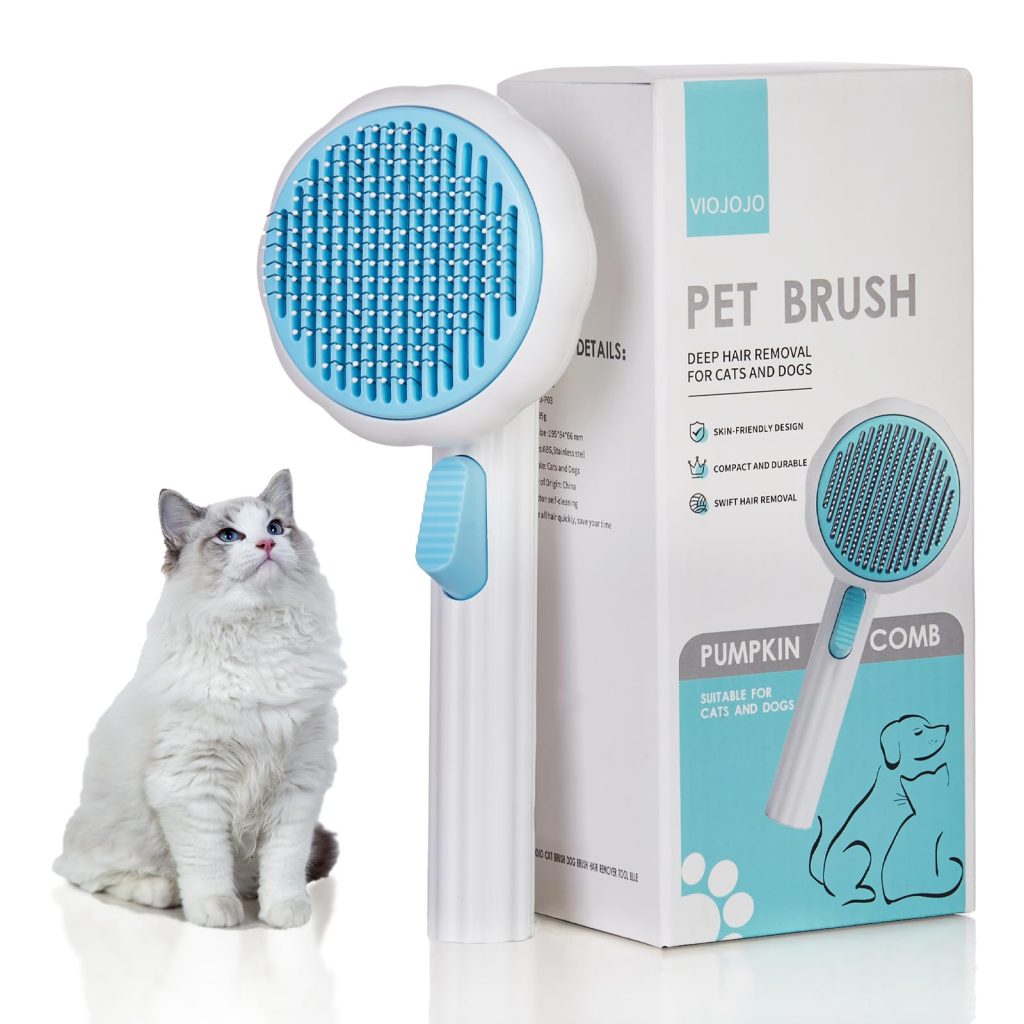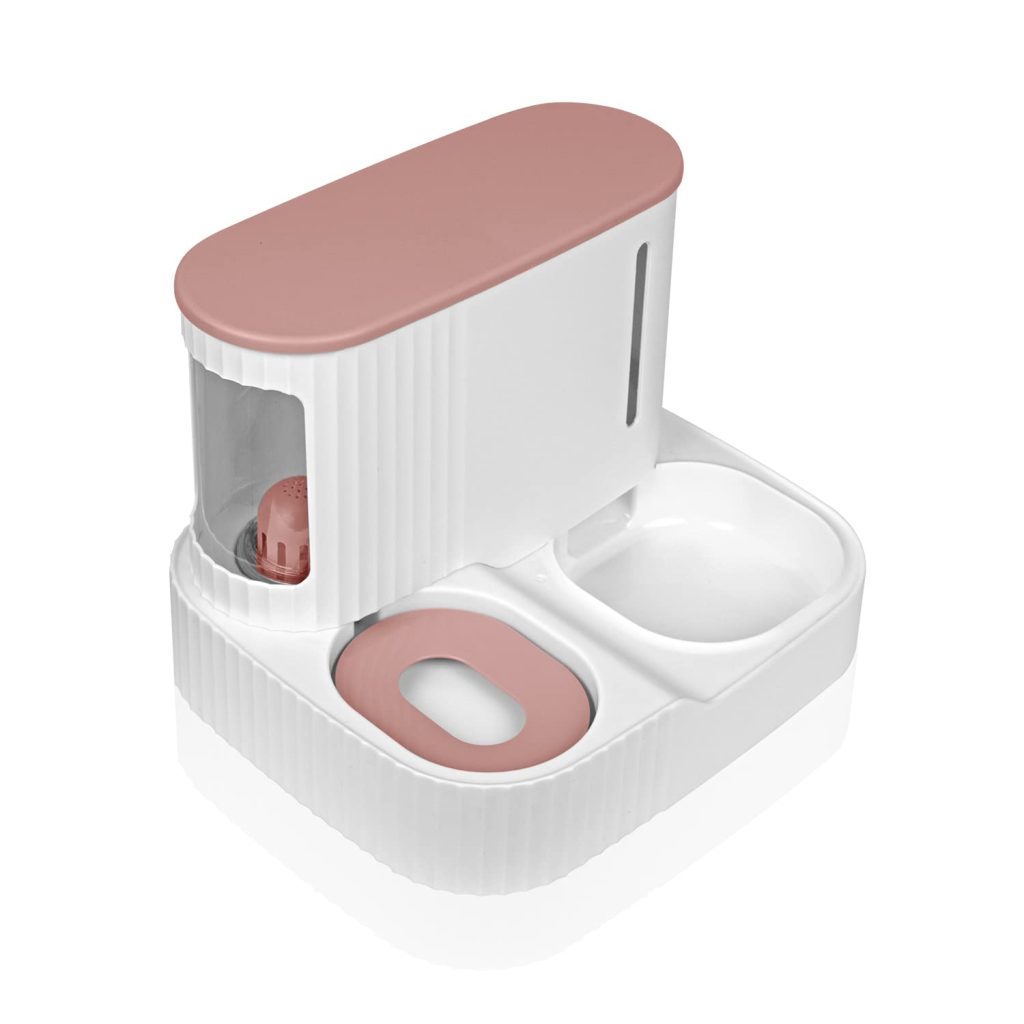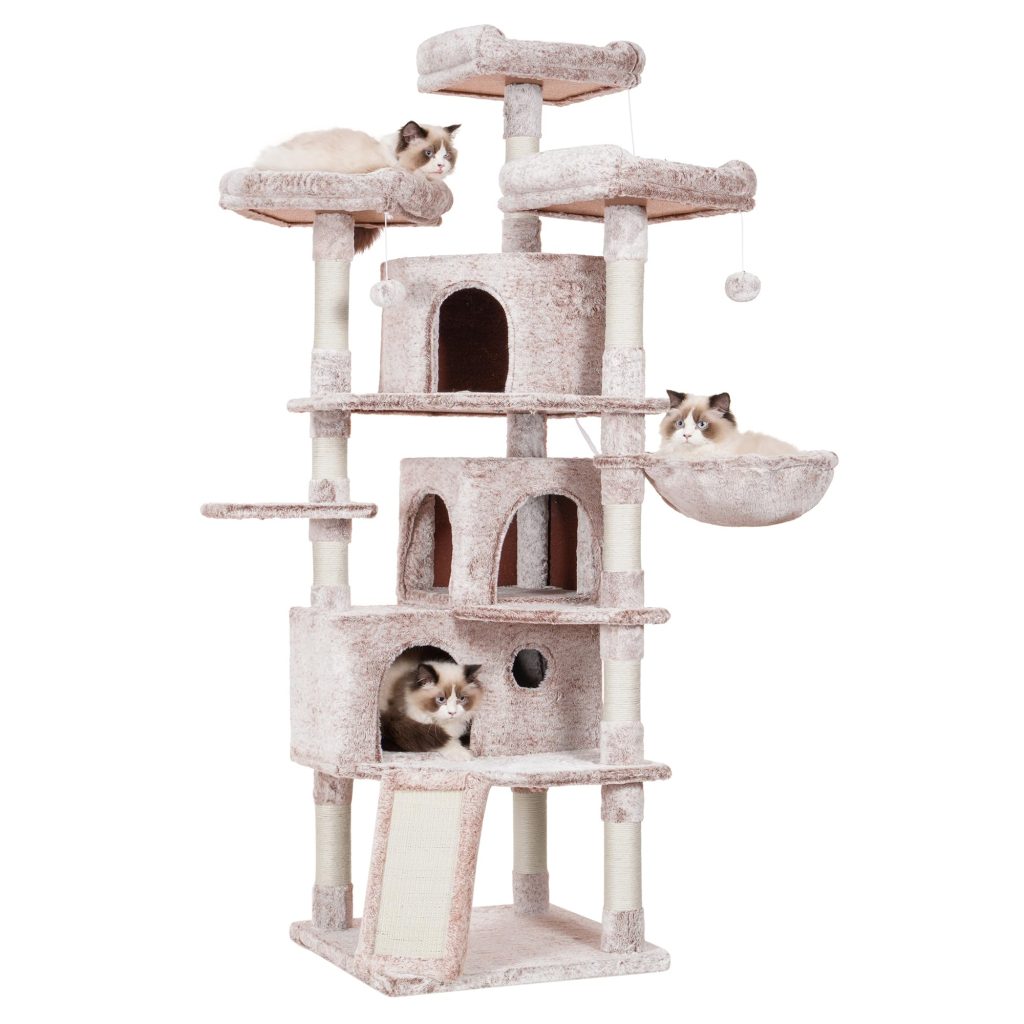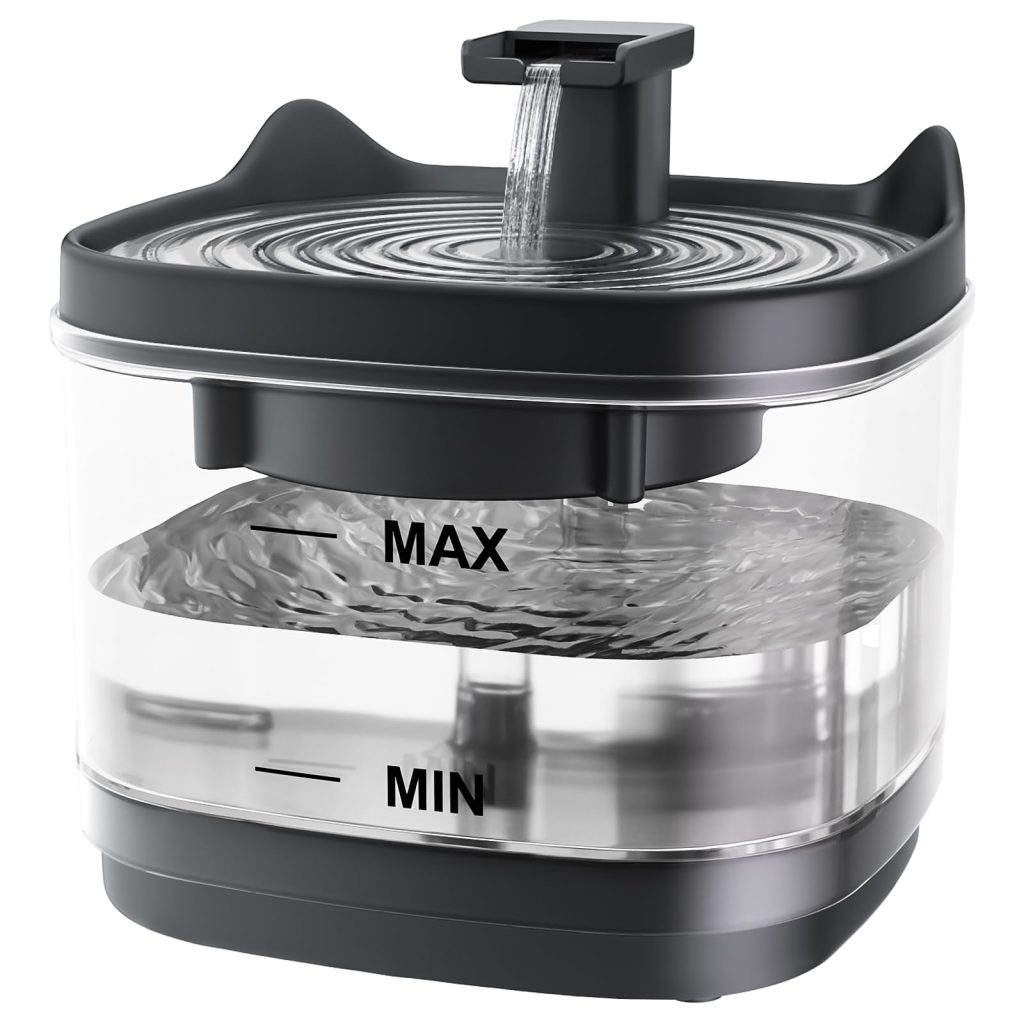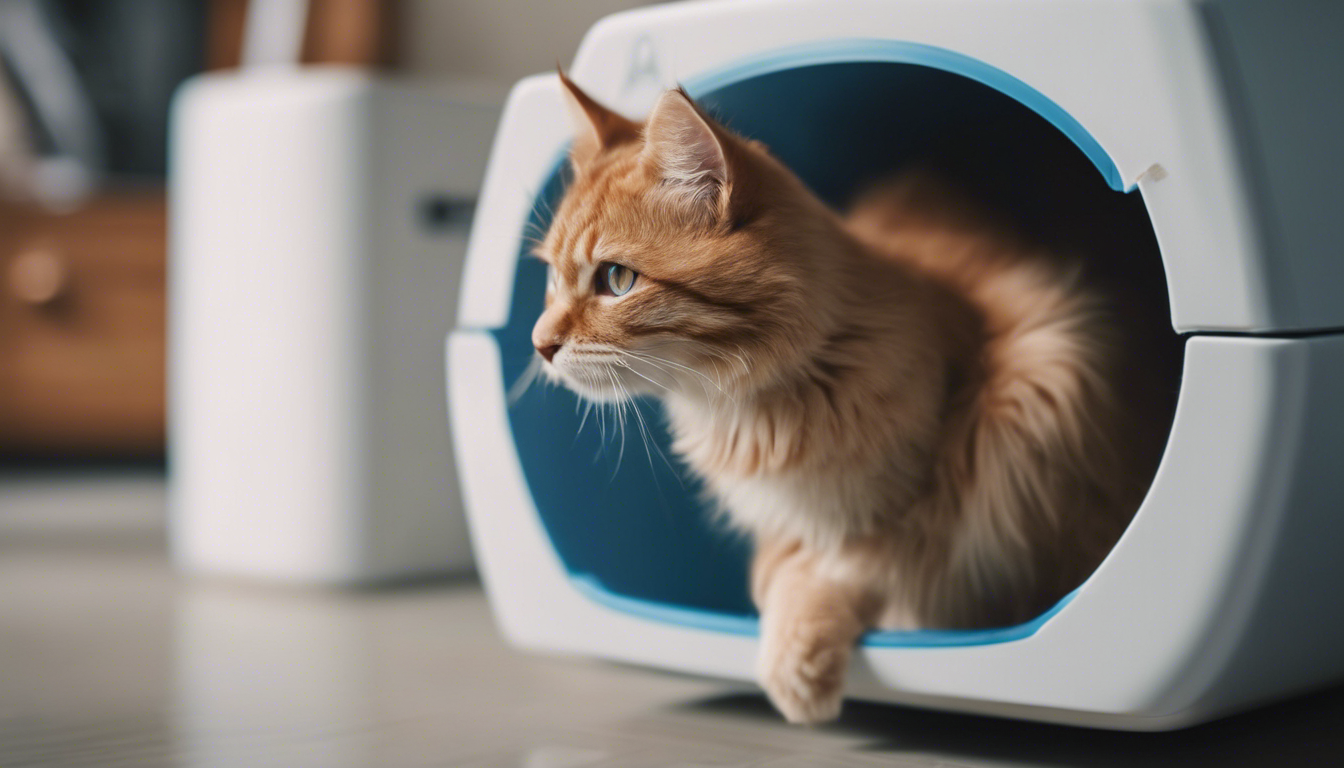
Feline health is of utmost importance to the well-being and happiness of our beloved cats. One essential aspect of feline health is litter box training. In this comprehensive guide, we will explore the significance of litter box training, delve into the nutritional components necessary for maintaining a healthy litter box environment, and highlight the positive impact that litter box training can have on our furry friends.
The Significance of Litter Box Training
Litter box training plays a important role in maintaining a cat’s hygiene and overall health. By providing a designated area for elimination, litter box training helps prevent accidents and ensures that waste is properly contained. That’s particularly important for indoor cats, as they do not have access to outdoor spaces for elimination.
Additionally, proper litter box training can help prevent behavioral issues such as inappropriate urination or defecation. Cats are naturally clean animals and prefer to have a dedicated space for eliminating waste. By providing them with a well-maintained litter box, we can fulfill their natural instincts and minimize the risk of behavioral problems.
Nutritional Components for a Healthy Litter Box
The type of litter used in the litter box is important for both the cat’s comfort and overall health. When choosing a litter, opt for options that are non-toxic and free from chemicals or additives that could harm your cat. Natural materials, such as clay or biodegradable options made from plant fibers, are often the preferred choices.
Moreover, consider the texture of the litter. Cats have sensitive paws, and they may prefer litters that are soft and easy to dig in. It is also essential to maintain an appropriate depth of litter in the box. Aim for around 2-3 inches of litter, which allows for proper waste absorption while still providing enough material for your cat to cover their waste comfortably.
The Positive Impact of Litter Box Training
Litter box training offers many benefits for both cats and their owners. Firstly, it allows for easy waste management, as the litter box serves as a centralized location for waste disposal. This makes it convenient for owners to clean and maintain the litter box regularly.
Additionally, litter box training can help detect any potential health issues early on. By regularly monitoring your cat’s litter box habits, you can identify changes in urine or stool consistency, frequency of elimination, or signs of blood, which could indicate an underlying health problem. Early detection can lead to prompt veterinary intervention and better outcomes for your cat.
Furthermore, a well-maintained litter box can contribute to a stress-free environment for your cat. Providing a clean and odor-free litter box encourages consistent use and prevents aversion to elimination in inappropriate areas. It also helps reduce the risk of urinary tract infections or other complications that can arise from an unsanitary litter box.
Tip: To ensure optimal litter box usage, consider providing one litter box per cat in the household. This helps prevent territorial disputes and gives each cat their designated area for elimination.
To wrap it up, litter box training is an essential aspect of feline health and well-being. By understanding the significance of litter box training, choosing the right litter, and maintaining a clean and inviting litter box environment, we can fulfill our cats’ natural instincts and help prevent potential behavioral issues. A well-trained cat with a healthy litter box means a happy and contented furry companion.
